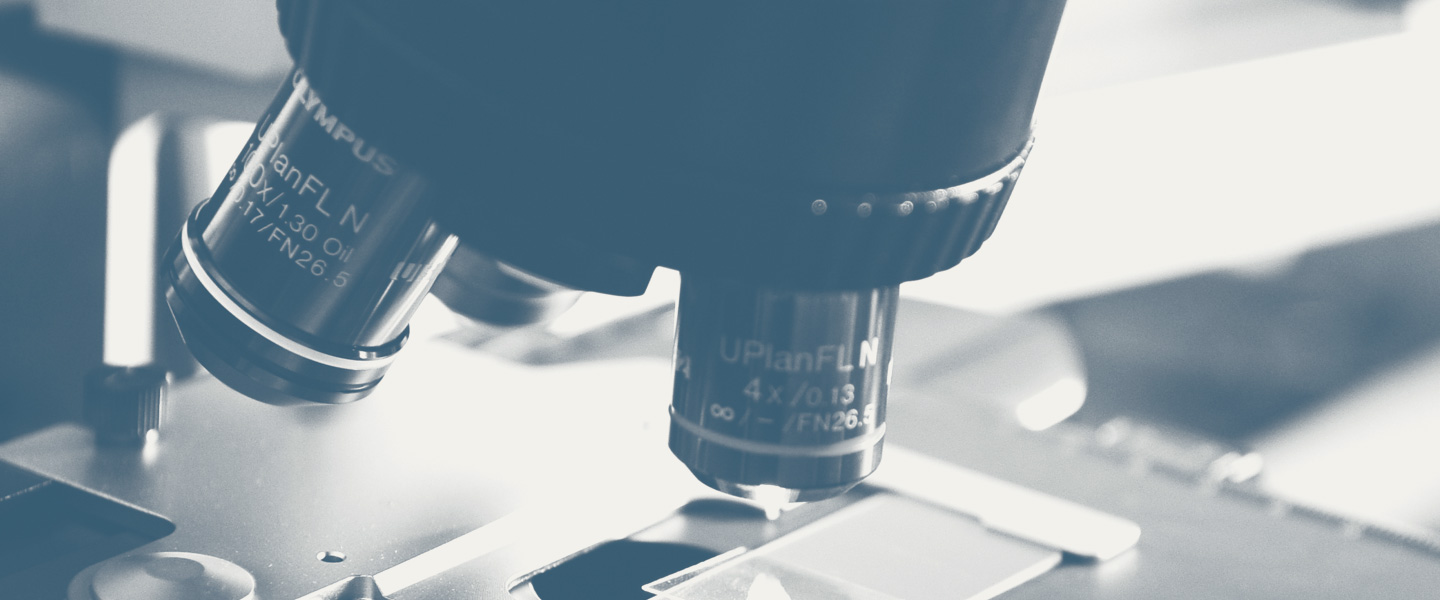
2020
Michael W. Drazer, MD
Clinical Instructor, Department of Medicine, University of Chicago
Modeling Leukemogenic Mechanisms in Hereditary Hematopoietic Disorders
Creating and using “Cellular Avatars” to track genetic changes that lead to blood cancers
One striking recent development in the field of hematology/oncology is the realization that at least 13% of all blood cancers are caused by mutations that are passed from generation to generation within individual families. An individual who carries one of these genetic changes will experience as much as a 44% increased risk for developing a blood cancer during their lifetime. Despite this dramatically elevated risk, no treatments have been found to prevent the development of these blood cancers. Similarly, no treatments have been discovered to specifically target blood cancers driven by these inherited genetic changes.
One reason that good treatments have not been put forward is that there are very few high-fidelity models that accurately reproduce the individual genetic factors specific to each patient. In order to address this problem, Dr. Michael Drazer has developed a series of cellular models that are ‘avatars’ for the patients he sees in the clinic and that accurately reproduce the genetic mutations that Dr. Drazer has found in his patients. With this CRF Young Investigator Award, Dr. Drazer will utilize these “avatars” to determine how his patients’ individual genetic changes impact molecular pathways increasing their risk for blood cancers.
Dr. Drazer has identified a handful of genes on which to focus, all associated with a particular type of low blood platelet count which is linked to blood cancers known to be hereditary. These genes have not yet been identified as hereditary drivers, but recent data indicates they may be drivers for cancer that can be passed from parent to child. Dr. Drazer will use a number of methods including gene editing, cell sequencing, transcriptomics and cellular models to determine if these mutations lead to increased cancer risk. By figuring out the mechanisms and molecular pathways associated with these genes, Dr. Drazer hopes to inform the development of treatments specific to patients with hereditary blood cancers. His models also may allow him to discover new forms of hereditary blood disorders that may be increasing his patients’ risk for blood cancers. By identifying these disorders, he will allow patients to better know their cancer risk, and potentially to identify and treat cancer earlier or even to take action to avoid it altogether.